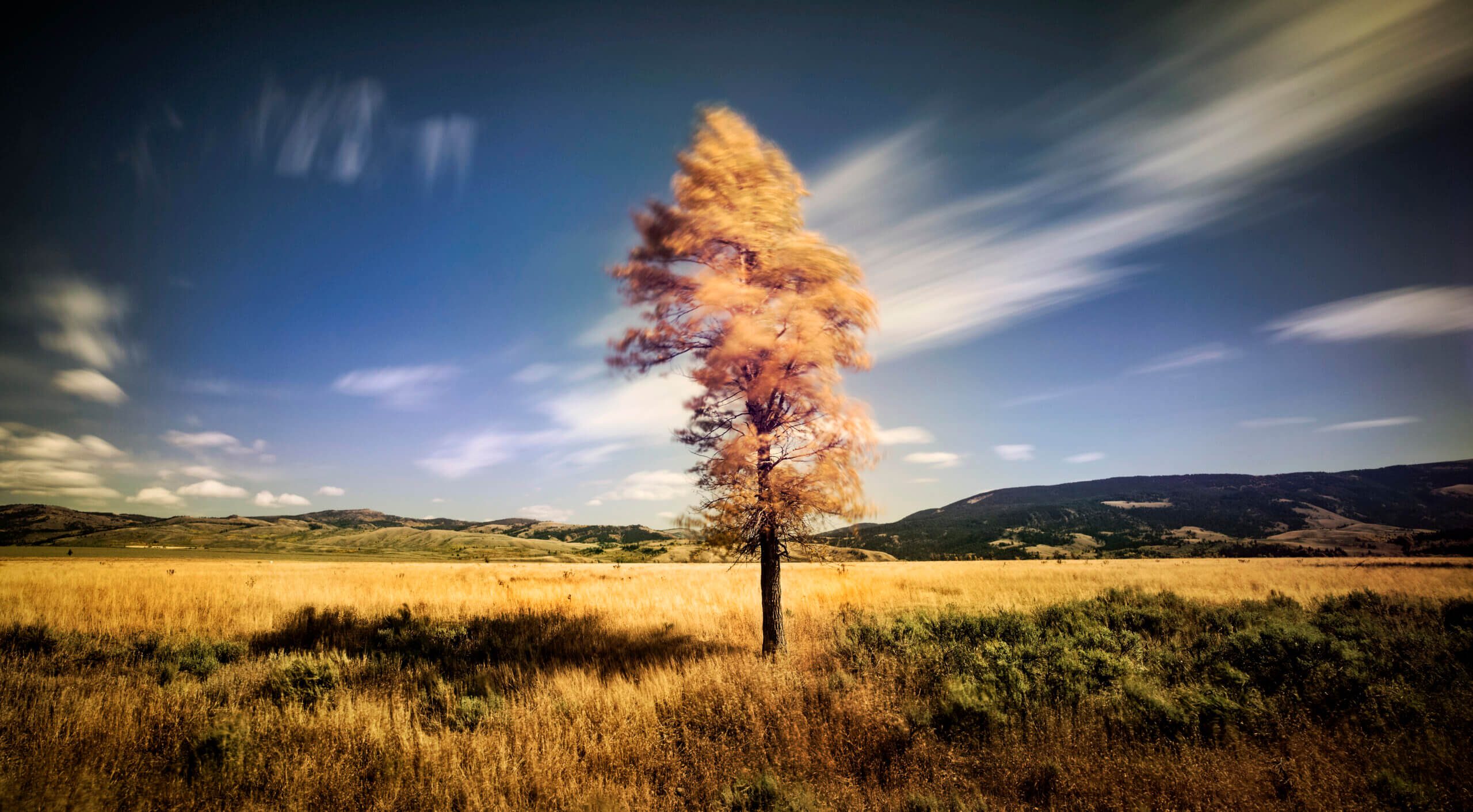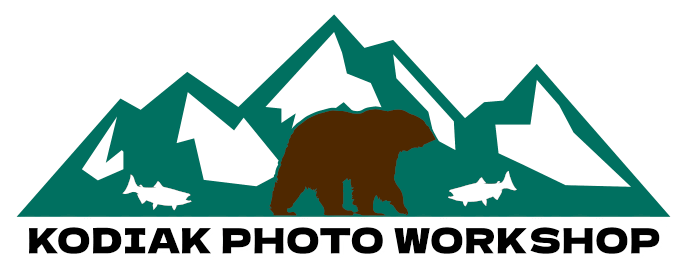Have you ever been to a National Park? Tripod set up with your long telephoto lens attached. You’re happily snapping away capturing photos of that beautiful Grizzly bear or powerful Bison? If you have experienced this, then you would also know you most likely would be sharing this experience with around 50 other photographers. Standing shoulder to shoulder, all capturing the same image. All capturing close tight shots or action images as the majestic animal moves around its natural surroundings. There is nothing wrong with capturing similar images to your photographer cohorts, but why not try and capture something totally different from the rest of the photographers around you?
Thinking outside the box and looking for other types of images can help set your images apart from other photographers. Environmental portraits are a great way to differentiate your work from other photographers.
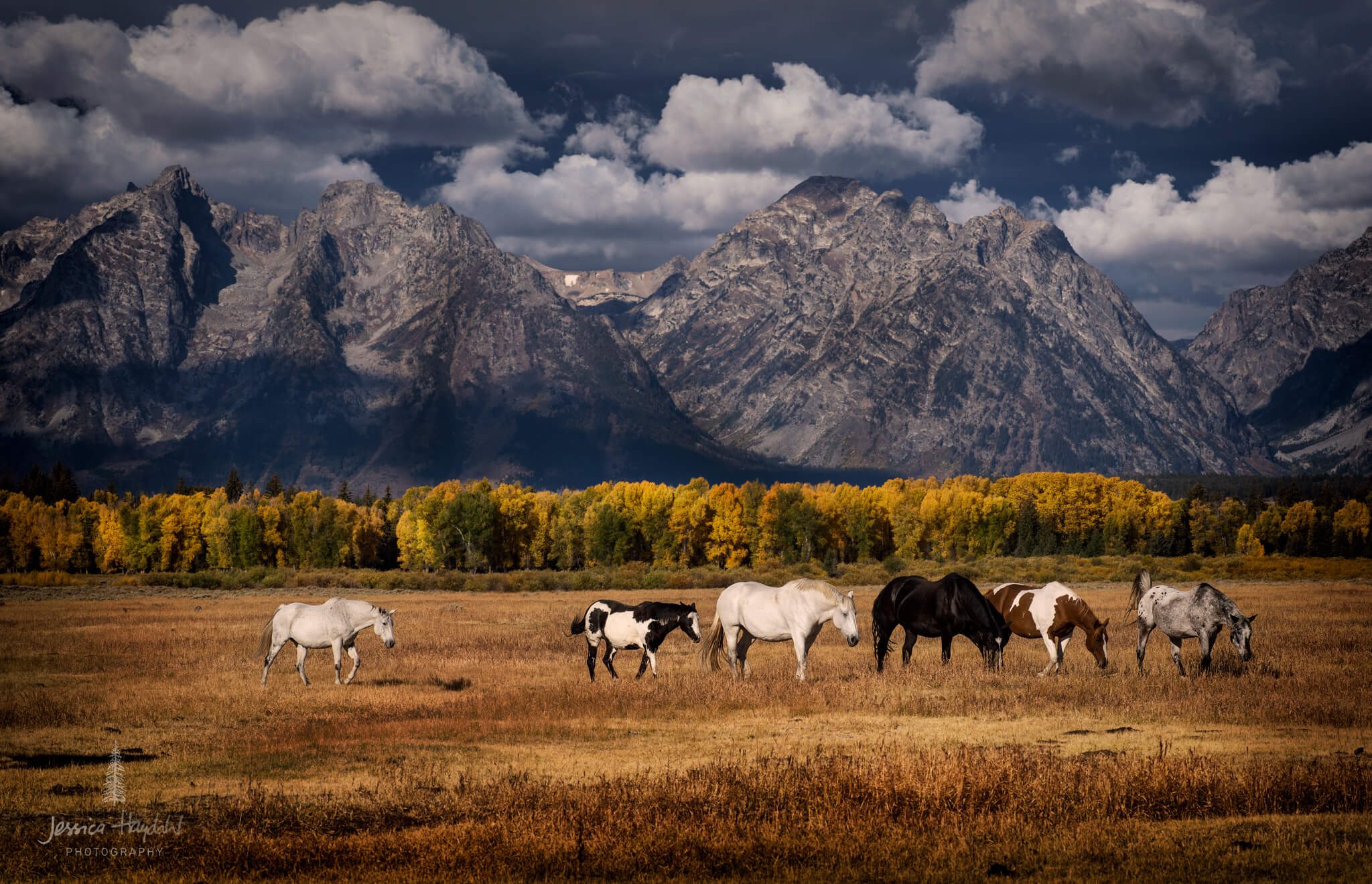
An environmental portrait can be defined as capturing your subject in their normal habitat or environment.
Sounds simple right? and yet it’s so easily overlooked when it comes to wildlife photography. Photographers, myself included, can be so focused on the animal in front of us that sometimes it’s easy to forget to look up and look for other photographic perspectives.
Here are some tools to hopefully help you approach your next wildlife photography scene just a little bit differently.
Take that telephoto lens and zoom it way out.
Maybe even change up your long lens for a wide-angle lens. Framing your subject differently, whether they are small or large in the scene can help and show a sense of the vast wilderness that they live in.
In this shot taken in Denali National Park, I wanted to show the Sow watching it;s cub walk up the hill while following. I had a 200-600mm Zoom but I wanted to include the hill and the sheer size of it from the cubs perspective.
Now imagine how the cub feels, something you would have missed had this shot been tight and close up, which is always tempting to do with a zoom.
These next two images were taken with the same lens, at either end of the extreme size at 200 and 600mm.
While the isolation is fine by itself, to appreciate the size of its habitat, the 200mmm image really shows that well.
Let’s take a look at those images now.
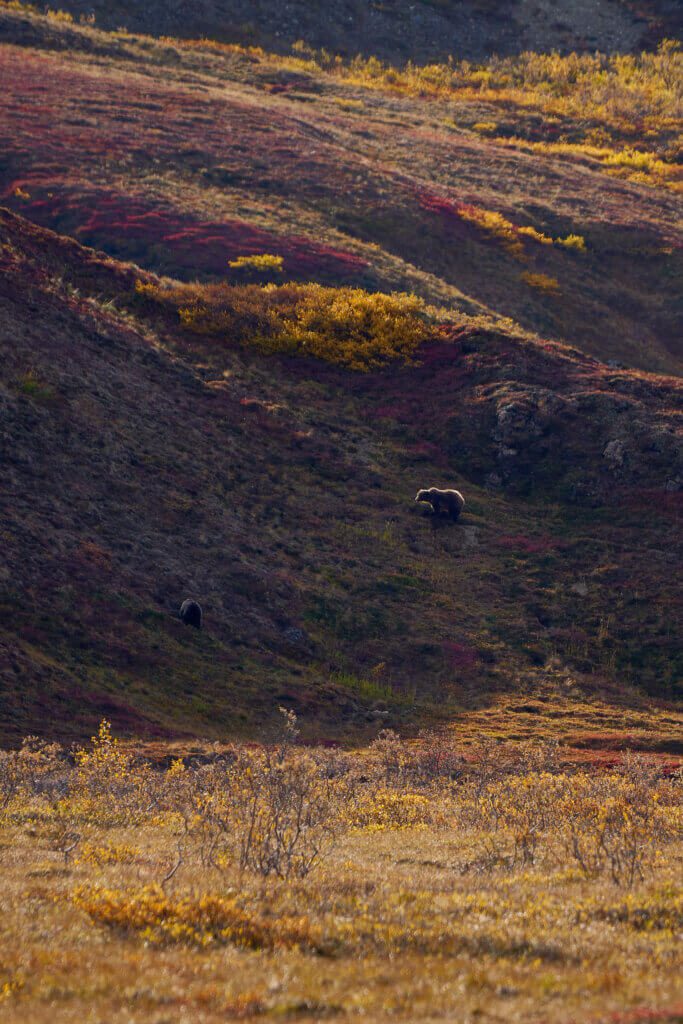
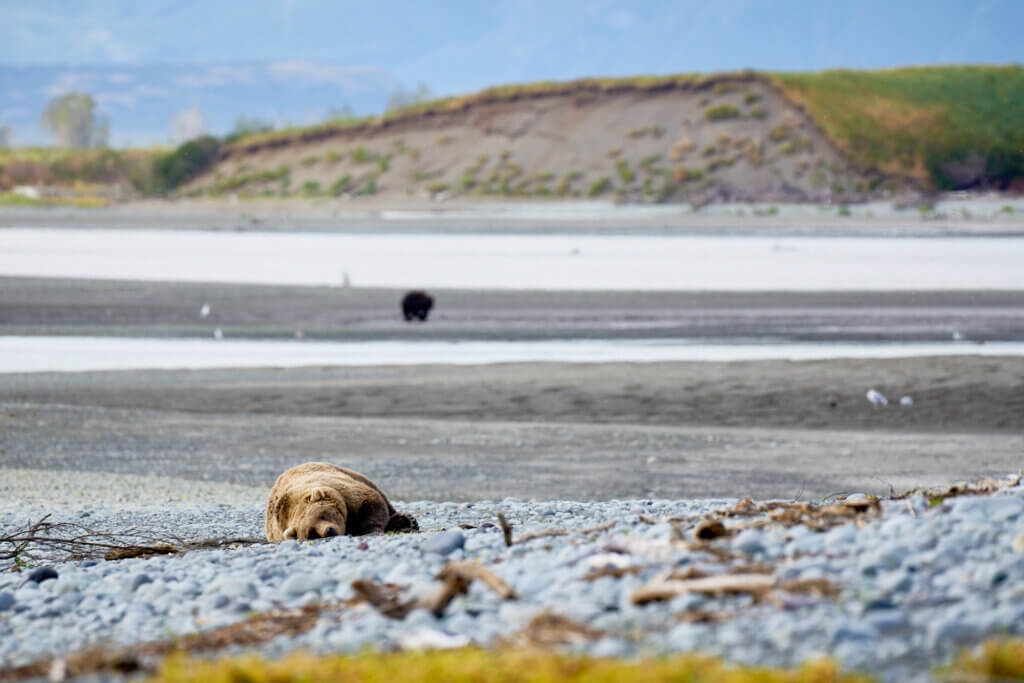
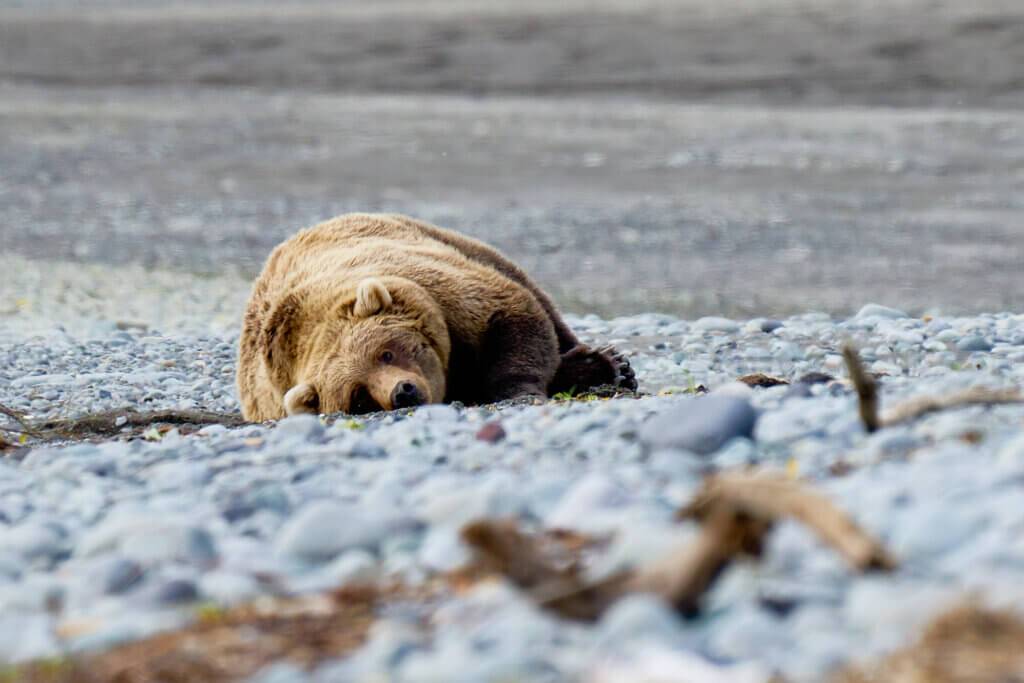
Look for leading lines or natural framing elements. Leading lines are a great way to draw your viewers’ attention right to your subject. Finding interesting trees or hillsides or maybe even blades of grass can help lead your viewer’s eye in the frame towards your subject in a very interesting way.
-If it’s safe to move, look to move away from the crowds and use light to your advantage.
Maybe try photographing your subject into the light. Think about interesting silhouettes that you could try and achieve.
Maybe even lens flares created by shooting into the light, could create an interesting look in my images.
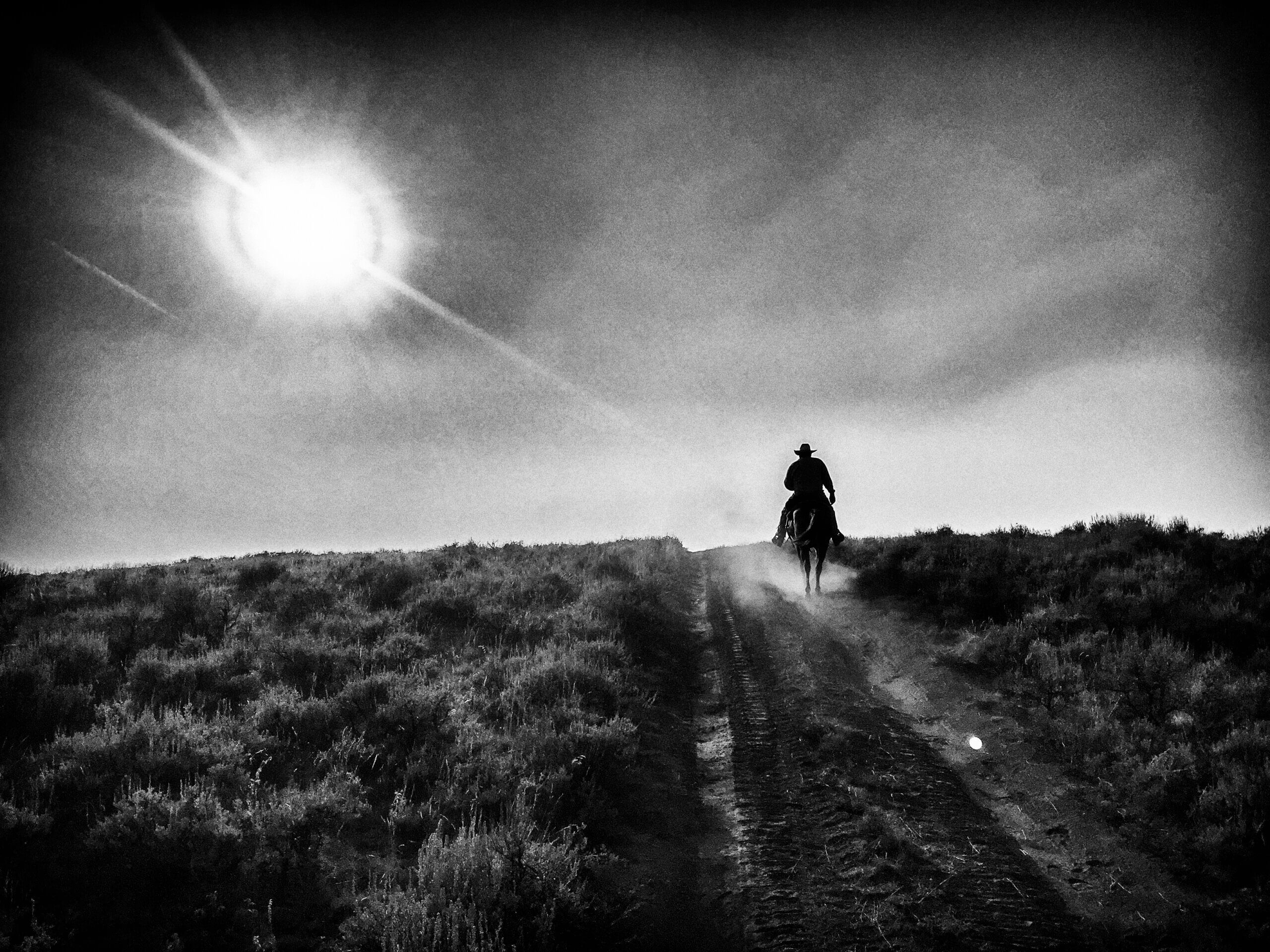
Try fun photographic techniques like “dragging” your shutter. A great way to capture moving birds and blurring the environment is one example.
Using slow shutter speeds to try and emphasize specific details about your subject or their environment can create mood and interest in your images. Any shutter speed lower than your subject environment will mean you have to pan your camera to make sure you isolate your subject.
An example of this could be you are capturing an animal during a crazy rainstorm or maybe even a snowstorm.
Slowing down your shutter can allow the viewer to see you put an emphasis on the weather.
Rain streaking down through the frame, or clouds rolling quickly overhead.
Also, if your subject is chasing down its next dinner, you could use a slow shutter speed to show how fast the animal is moving. This doesn’t have to be limited to animals either, wind and how it effects trees is another brilliant idea to capture the environment working with mother nature.
When you show up to your next photoshoot, see if you can incorporate one of these techniques to your images. By pushing yourself to try new and different photographic techniques or ways of seeing images, you will be able to start setting your images apart and create some very different looking wildlife content.
